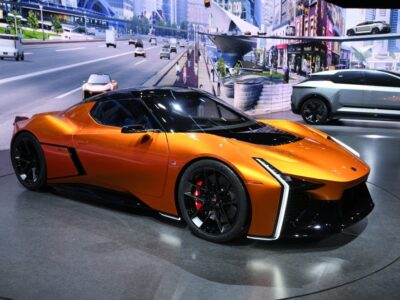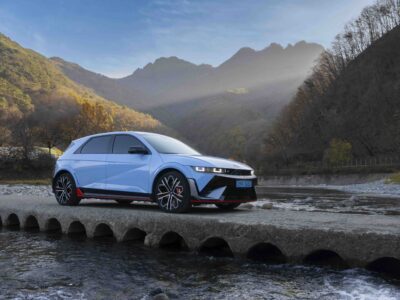As the wait over the negotiations on the federal infrastructure bill continues, a group of midwestern states is coming together to tackle automotive emissions within their region. Known as the Regional Electric Vehicle Midwest Coalition, or simply REV Midwest, the coalition includes Michigan, Illinois, Indiana, Wisconsin, and Minnesota.
The collaboration is one of economics as well as the environment, with a centralized goal of building out a robust network of electric vehicle charging stations that will “enable the Midwest to lead on electric vehicle adoption, reduce carbon emissions, spur innovation, and create good-paying jobs,” says Michigan Governor Gretchen Whitmer.
“Today’s REV Midwest partnership is a bipartisan effort to build the future of mobility and electrification and connect our communities”.
One of the core aspects of the coalition agreement is centered on the routes around the region that are commonly used for freight companies. While it is true that certain goods are only housed further out in the country or even overseas, the fact remains that many products and food items are made and grown within the midwestern region itself. Because of this, the coalition agreement maintains that the ramping up of a charging network adequate enough to support high-usage electric trucks is a top priority.
Although the full extent has not yet been specified, a significant interest in increasing the region’s share in the actual production of electric vehicles appears to be a common theme among the governors. Manufacturing has long been the bread and butter of many of these states, often referred to as the “rust belt” of the nation, and it looks as though the governors continue in that shared belief as essential for the future of employment for their residents. Details on how the production is expected to increase– whether it be enticing electric vehicle manufacturers through grants, or tax breaks, or something else entirely– have not yet been revealed, however, the language of the agreement makes note that the priority is on “assisting those [communities] that are historically disadvantaged”.
What little we do know about the plans for the expanded charging network is certainly promising.
Preliminary goals suggest that the target is a finished network being in place by the year 2030, which is relatively in line with a large portion of national and international emissions reductions targets, including the plan for the United States and much of the European Union to halve carbon levels by that period.
To get to that point, REV states expect a need for as many as 105,000 new jobs in the utility sector, making it a project of enormous proportions even when compared to the expansions of large automakers like Tesla.
Overall, this coalition represents a serious commitment between states with a common interest in large-scale job creation, assisting underprivileged communities, and attacking the issue of automotive pollution head-on. Additionally, it is a bipartisan one, with Indiana’s Gov. Holcomb showing a willingness to work with fellow governors from across the aisle on matters relevant to the well-being of all residents. For Holcomb, the need to “futureproof [Indiana’s] transportation network and meet the demand” of electric vehicles will be worth the investment.
More on the funding and construction of the network is expected to come soon. In the meantime, participants are expected to create a task force comprised of “senior leadership” from each state as specified by the agreement. The task force will primarily work with figures within the private sector in order to identify potential roadblocks to corporate participation in the project and will give a steady supply of information to the governors to coordinate the next steps.





